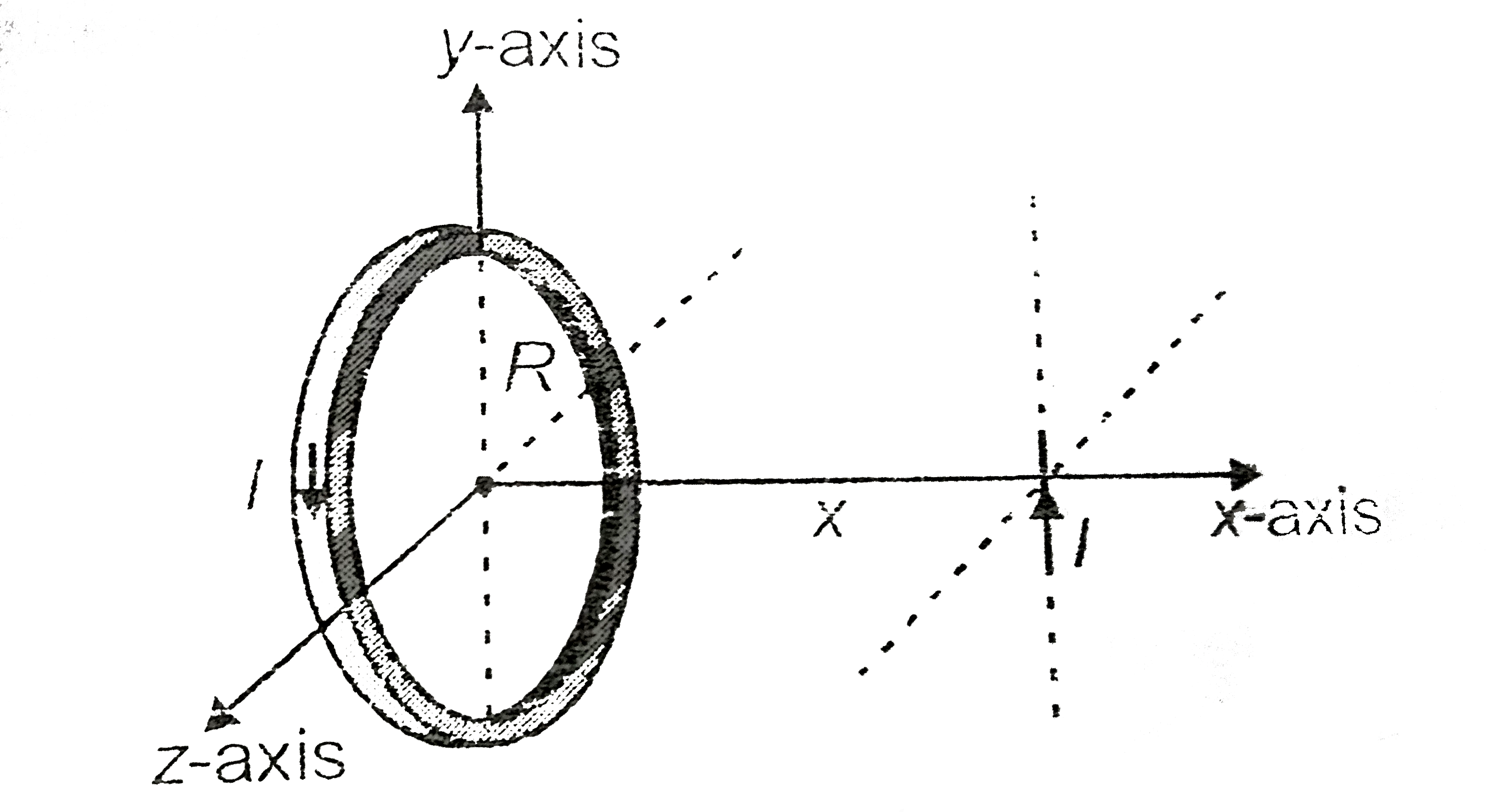Describe the activity that shows that a current-carrying conductor experiences a force perpendicular to its length and the external magnetic field. How does Fleming's left-hand rule help us to find the direction of the force acting on the current carrying conductor?
Step-by-Step Solution
2. Connect the Circuit:
- Ensure that the circuit is complete by closing the switch. This allows current to flow through the rod.
3. Observe the Deflection:
- When the current flows from point B to point A, observe the deflection of the rod. You will notice that the rod moves to the left.
- If you reverse the direction of the current (from A to B), the direction of the deflection will also change, and the rod will move to the right.
4. Conclusion:
- This observation shows that the force acting on the current-carrying conductor is indeed perpendicular to both the direction of the current and the magnetic field.
Fleming's Left-Hand Rule:
- To determine the direction of the force acting on the current-carrying conductor, we can use Fleming's Left-Hand Rule.
- According to this rule:
- Stretch your left hand so that the thumb, forefinger, and middle finger are all perpendicular to each other.
- The forefinger represents the direction of the magnetic field (from north to south).
- The middle finger represents the direction of the current (from positive to negative).
- The thumb will then point in the direction of the force or motion experienced by the conductor.
- Ensure that the circuit is complete by closing the switch. This allows current to flow through the rod.
- When the current flows from point B to point A, observe the deflection of the rod. You will notice that the rod moves to the left.
- If you reverse the direction of the current (from A to B), the direction of the deflection will also change, and the rod will move to the right.
- This observation shows that the force acting on the current-carrying conductor is indeed perpendicular to both the direction of the current and the magnetic field.
- To determine the direction of the force acting on the current-carrying conductor, we can use Fleming's Left-Hand Rule.
- According to this rule:
- Stretch your left hand so that the thumb, forefinger, and middle finger are all perpendicular to each other.
- The forefinger represents the direction of the magnetic field (from north to south).
- The middle finger represents the direction of the current (from positive to negative).
- The thumb will then point in the direction of the force or motion experienced by the conductor.
Similar Questions
Knowledge Check
What rule do we use to find the direction of induced current in a conductor moving in a magnetic field?
AFleming's left hand ruleBFleming's right hand ruleCAmpere's ruleDRight hand clasp ruleThe magnetic force →F on a current carrying conductor of length I in an external magnetic field →B is given by
AI×→B→lB→l×→BICI(→l×→B)Dl2→l×→B
The direction of force on a current carrying conductor in a magnetic field is given by
View SolutionA current carrying conductor placed in a magnetic field experiences maximum force when angle between current and magnetic field is :
View SolutionThe strength of magnetic field around an infinitely long current carrying conductor is
View SolutionA short current carrying conductor is placed perpendicular to the axis of a current carrying ring as shown. The direction of force acting of the conductor is

View SolutionWhat is the shape of a current-carrying conductor whose magnetic field pattern resembles that of a bar magnet ?
View SolutionThe force exerted on a current-carrying wire placed in magnetic field is zero when the angle between the wire and the direction of magnetic field is :
View Solution